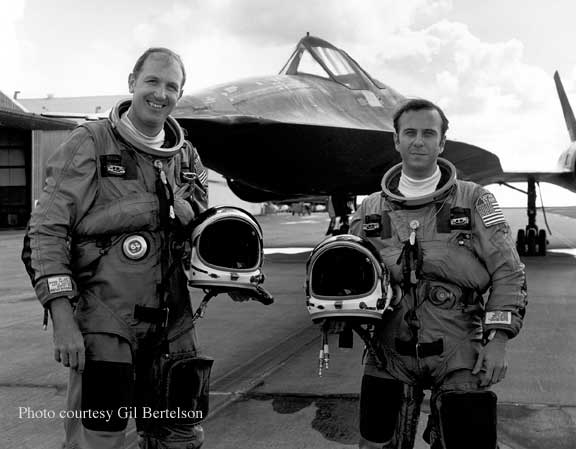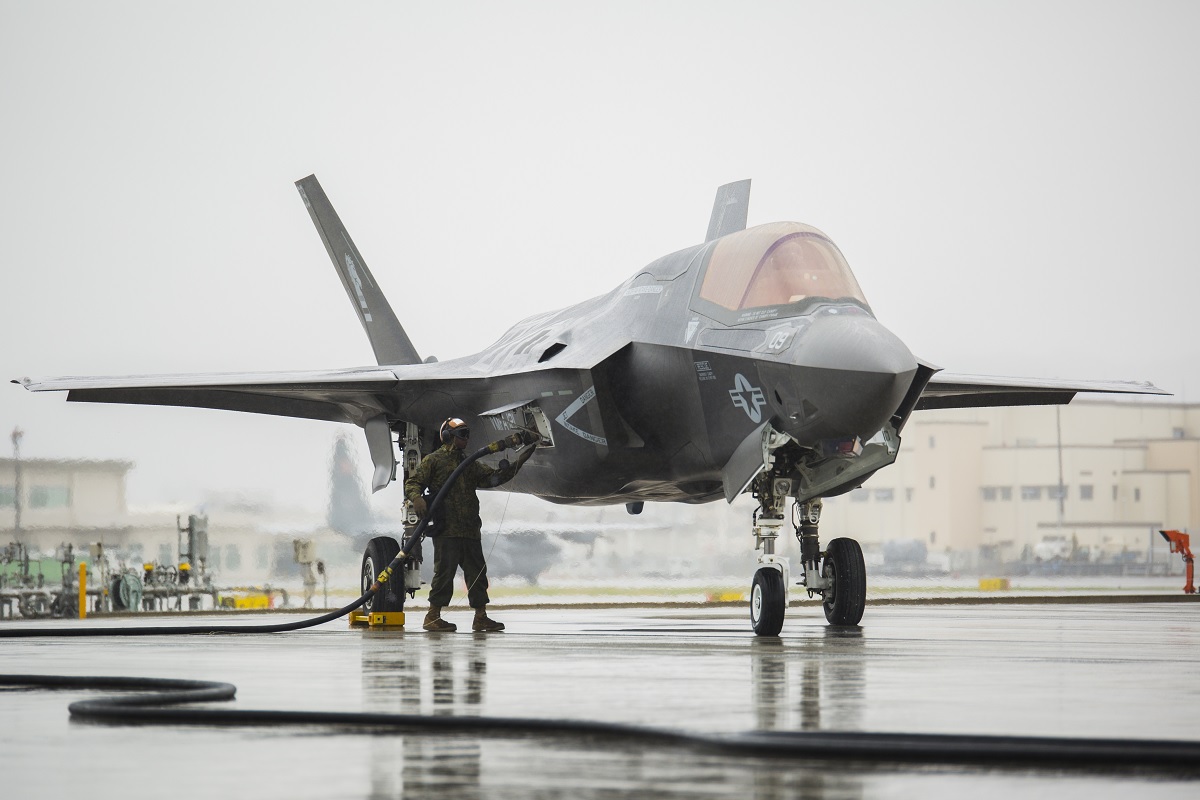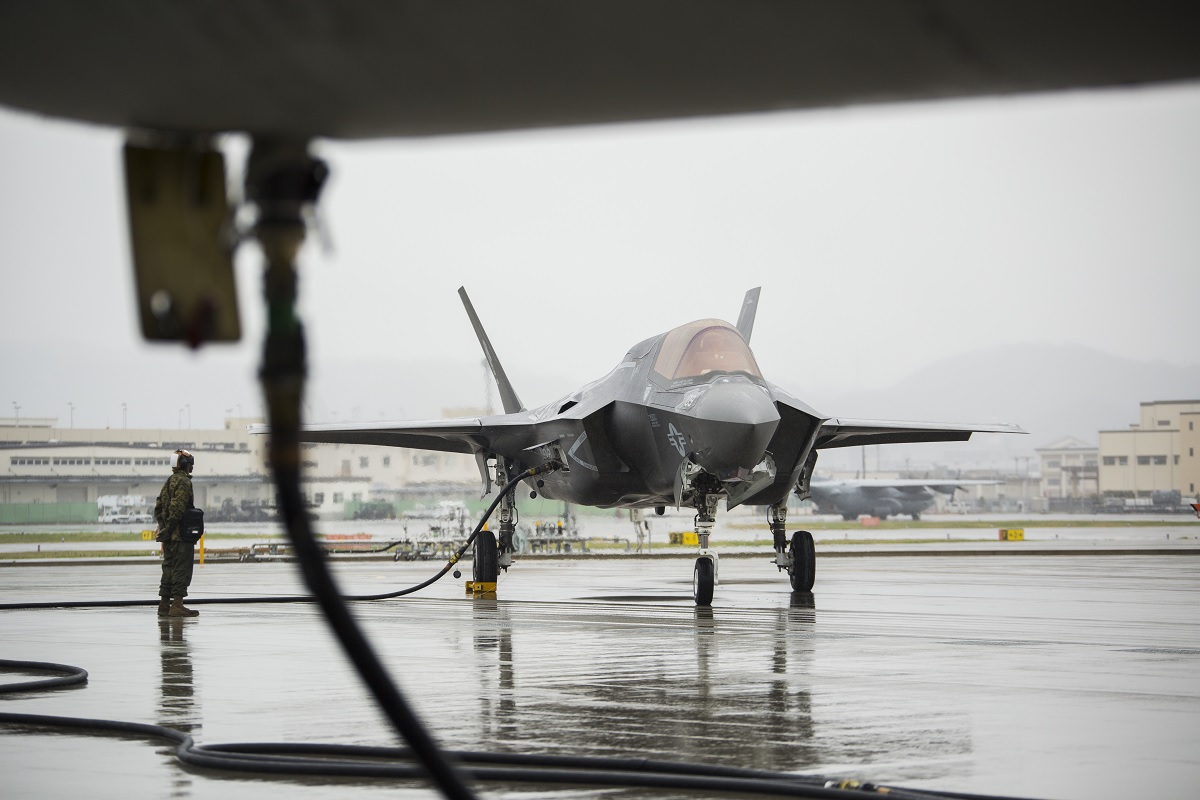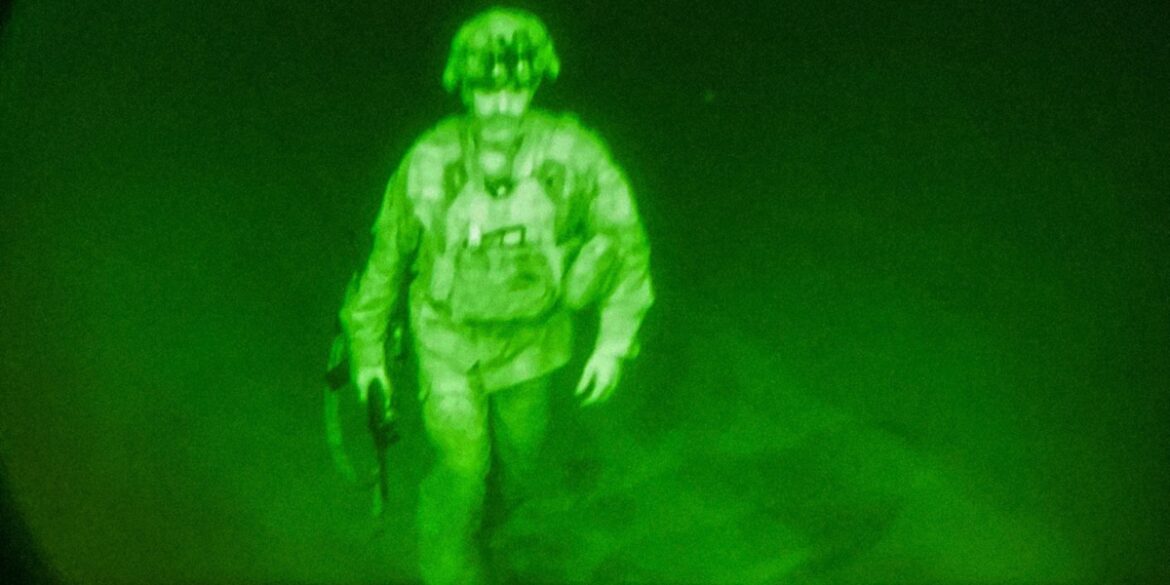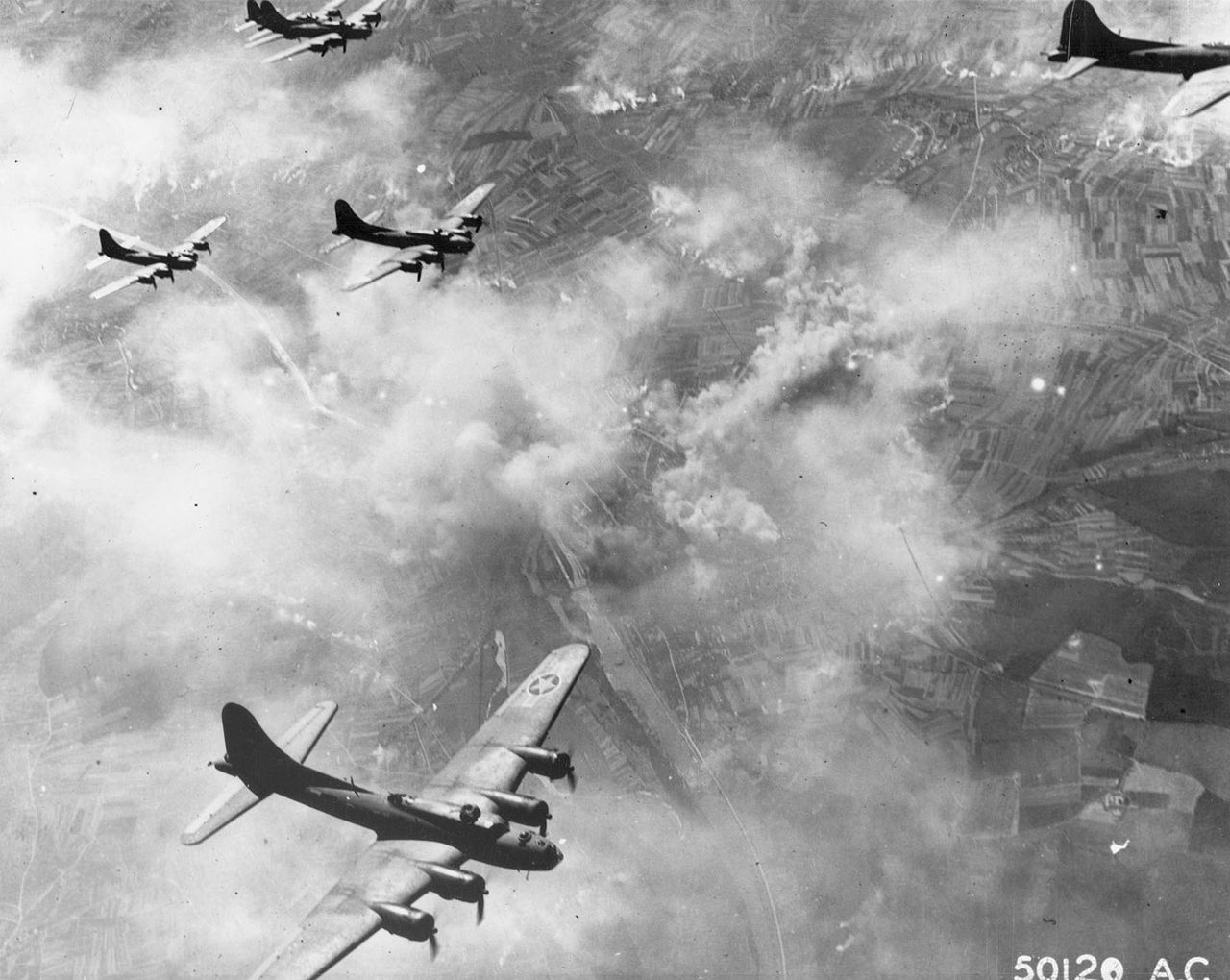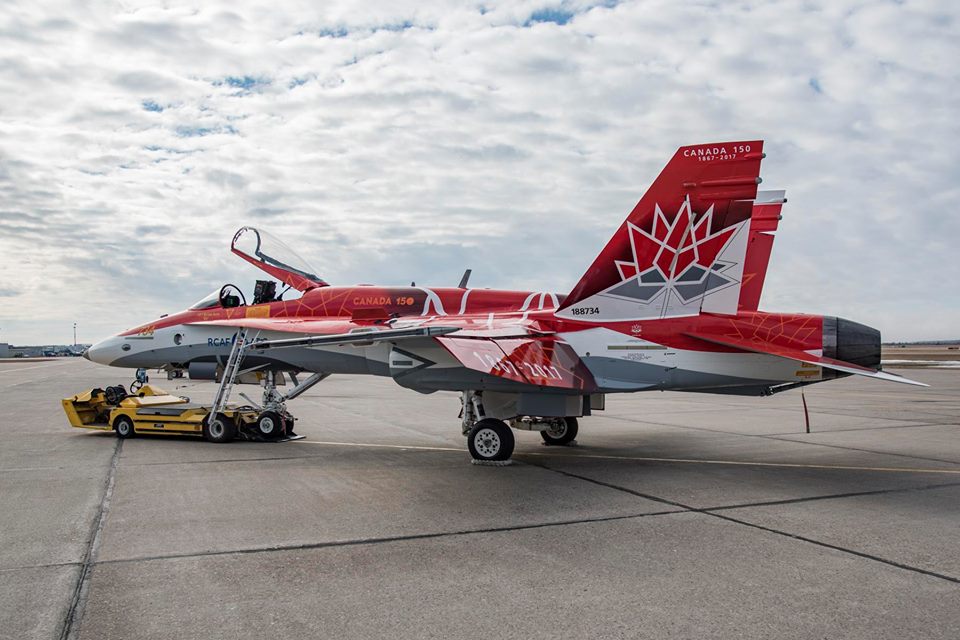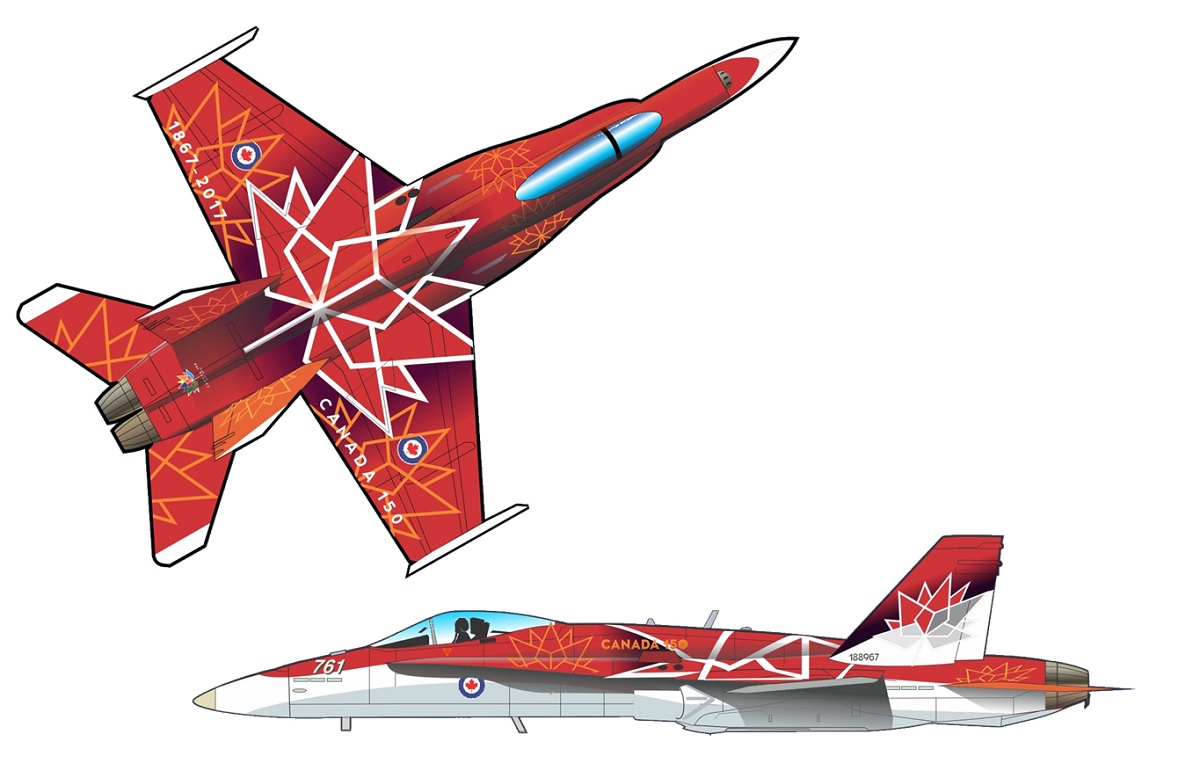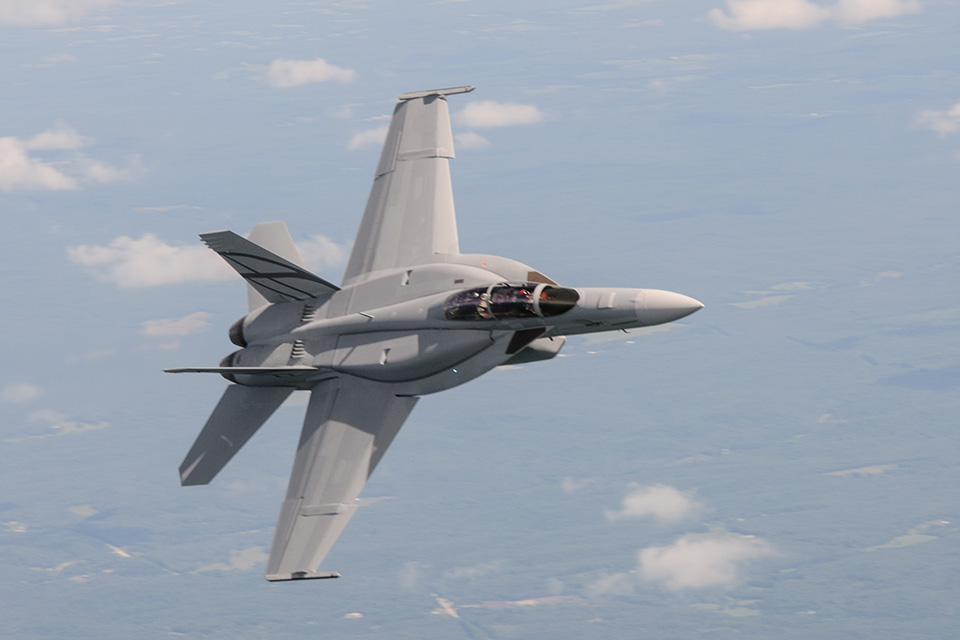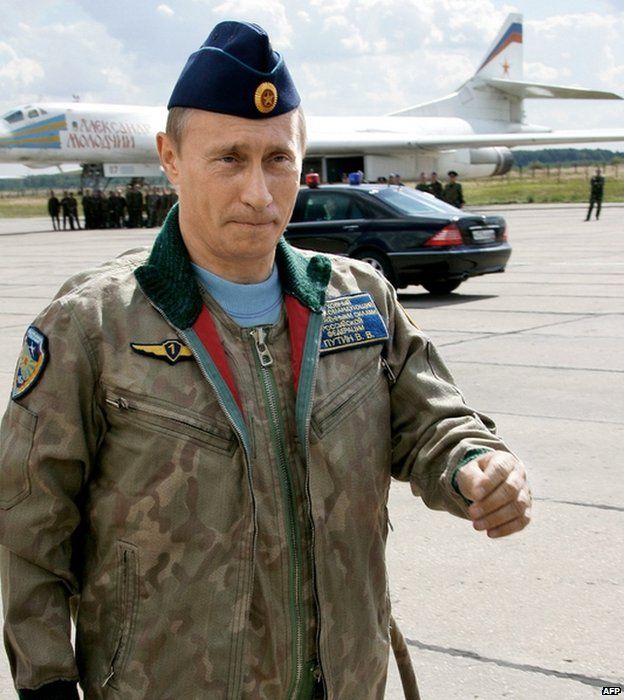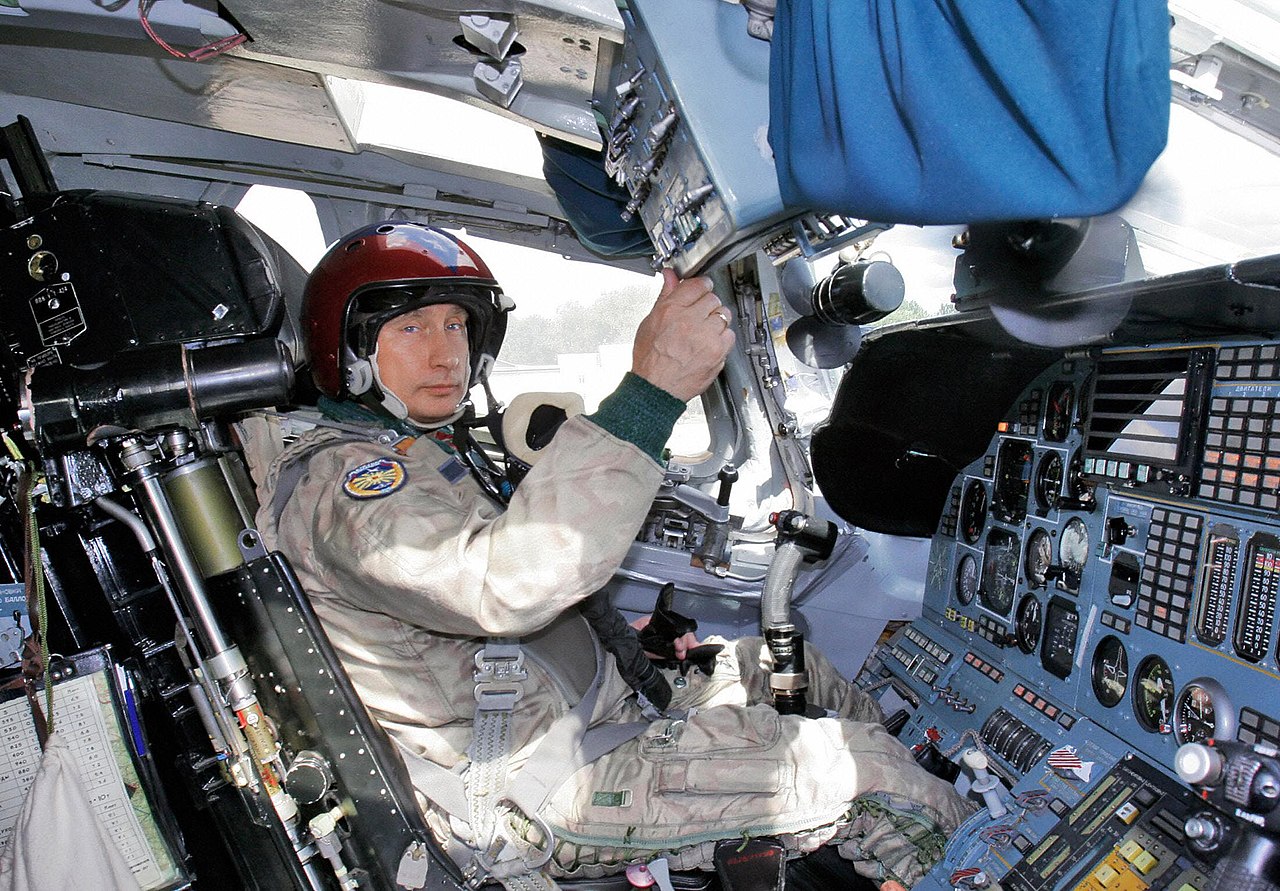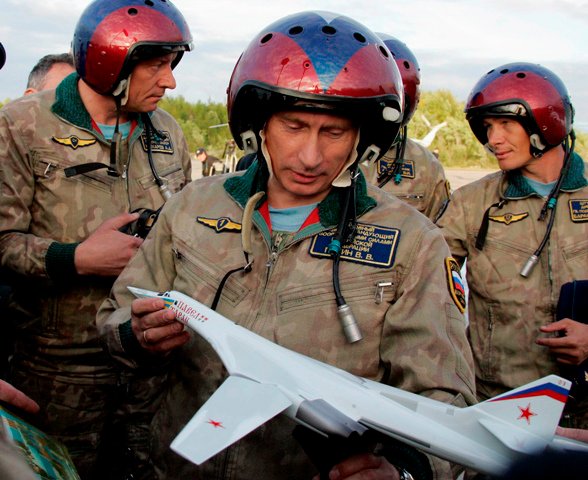“You know the part in the ‘High Flight’ poem where it talks about putting out your hand to touch the face of God? Well, when we were ‘at speed and altitude’ in the SR we had to slow down and descend in order to do that,” Gil Bertelson, former SR-71 Blackbird driver
The following story appears in John Altson’s book The Black Line.
Before the United States entered World War II, young American John Magee, Jr., who was flying with the RAF, wrote a famous aviation poem titled “High Flight.”
The poem reads as follows:
Oh! I have slipped the surly bonds of Earth
And danced the skies on laughter-silvered wings;
Sunward I’ve climbed and joined the tumbling mirth
Of sun-split clouds, — and done a hundred things
You have not dreamed of — wheeled and soared and swung
High in the sunlit silence. Hov’ring there,
I’ve chased the shouting wind along and flung
My eager craft through footless halls of air….
Up, up the long, delirious burning blue
I’ve topped the wind-swept heights with easy grace
Where never lark, or ever eagle flew —
And, while with the silent, lifting mind I’ve trod
The high untrespassed sanctity of space,
Put out my hand, and touched the face of God.
Gil Bertelson, a former SR-71 Blackbird pilot, responded to the queries saying, “I can’t give you exact numbers, but I can give you something to relate to… you know the part in “High Flight” where it talks about putting out your hand to touch the face of God? Well, when we were “at speed and altitude” in the SR we had to slow down and descend in order to do that.”
The SR-71’s limiting factor
Unbelievably, Compressor Inlet Temperature was, according to Bertelson (who passed away on December 7, 2017), what limited the SR-71’s speed. The highest CIT that could be used was 427 degrees Celsius. The engines would start to burn up at that point. The outer air temperature at the SR-71’s operating altitudes would be minus 56 ° Centigrade on a “standard lay” (temperature-wise). On one of those “standard temperature” days, as the aircraft was driven to Mach 3.2, the CIT would reach the limiting 427 degrees.
The CIT would hit 427 degrees before reaching Mach 3.2 if the outside air temperature was warmer than usual (let’s say minus 52 degrees). On the other hand, the 427-degree CIT would be attained at a higher Mach number if the outside air temperature were lower than usual (let’s say minus 60 degrees). There were times when the outside air temperature was noticeably warmer than usual, particularly when flying out of Okinawa. Missions might need to be canceled if it was too warm because of fuel considerations. The plane’s fuel efficiency was lower in the warm air than it was in the cold air.
Gil recalls a mission over the Barents and Arctic Seas that was flown when the outside air temperature was minus 90 centigrade or 34 degrees below normal. The aircraft climbed to a height of 90,000 feet due to that incredibly cold air, and the slowest speed he could hold was 3.15 Mach. To avoid coming too close to the landmass of the Soviet Union, turn starting points and bank angles must be manually changed. He and Frank Stampf, his Reconnaissance Systems Officer or RSO, had 12,000 pounds (almost 2,000 gallons) more fuel on board than the flight plan intended for when they reconnected with the tankers for their subsequent in-flight refueling. The J-58 engines loved the cold.
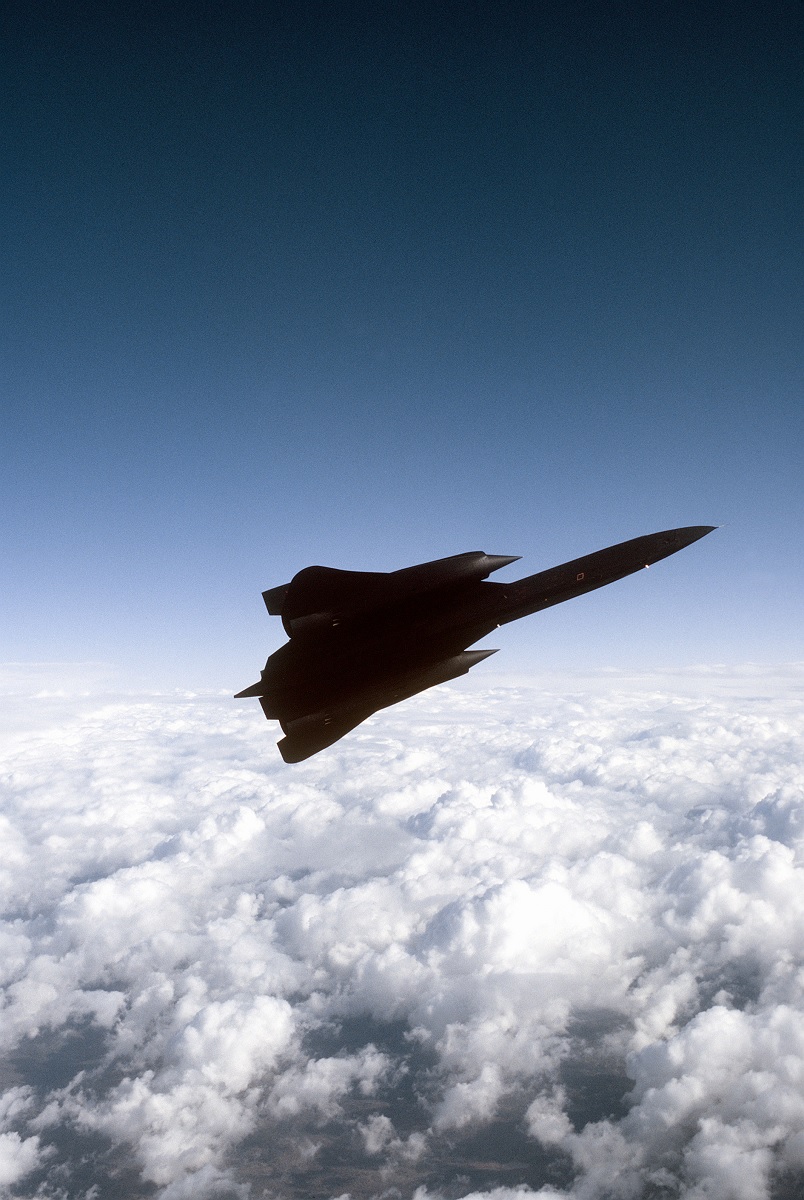
Gil also recalls a mission that was carried out in the late afternoon and early evening. There were numerous climbs to altitudes of roughly 85,000 feet and in-flight refuelings. Owing to the mission’s trajectory, they were able to climb out of the darkness on two occasions and go toward the West, where they caught up with the sun and saw sunrises. As a result, he saw three sunrises on that specific day: one in the east as the day began and two in the west as he was surpassing the sun.
The Black Line is available to order here.
Photo by Lockheed Martin, U.S. Air Force


